Email Marketing do's and don'ts
Have you abandoned email marketing? If you believe that email is a technique that just does not work for your company, you are not alone. Clients who are unable to crack the email marketing code frequently complain to me. However, when I look more into their efforts, I uncover common errors that are harming the success of their email campaigns.
I understand your aggravation if you’ve been doing email marketing for a long time and aren’t yet meeting your goals. But this should not be reason enough to give up everything. Email has a huge return on investment. In fact, it has the highest return of any marketing strategy. Expect a $42 return on investment for every $1 spent on email marketing. That is why it must be included in your company’s marketing strategy.
So, how do you get started writing emails that your prospects will want to read and respond to? Try these email marketing DOs and DON’Ts to boost your delivery and open rate, get more responses, and expand your sales.
Email marketing do’s and don’ts that can make your email marketing a success
While no one wants their email marketing campaign to fail, the truth is that it is not as simple as sending an email to thousands of individuals. Even with such a simple concept, success requires effort - there are actions you must do to secure your desired outcome. With that in mind, here is a list of the top 12 dos and don’ts of a successful email marketing campaign.
Email subscriber list building
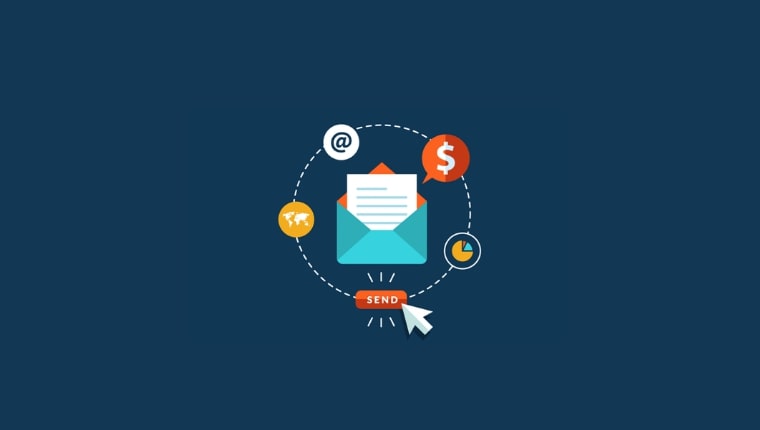
1. DO use a reliable email service provider
As a marketer, you’ll need advanced bulk sending capabilities and a broader collection of tools to construct email campaigns. Many email service providers have a strong focus on digital marketing. Reputable email marketing solutions can supply you with an authorized sending domain, increasing the likelihood that your emails will be delivered to inboxes (rather than going straight to spam folders).
2. DO comply with the CAN-SPAM Act
Using a reliable “from” name, having a working reply-to address, and showing your company’s office address are all simple steps to follow. All of these will assist you in avoiding legal issues caused by noncompliance with the CAN-SPAM Act. As an added bonus, these compliance actions help to increase email deliverability.
3. DO make it easy for your audience to unsubscribe
It’s critical to include an unsubscribe link somewhere in each of your emails. Subscribers should never have to struggle to unsubscribe. Set up a prompted email to ask why they left, but don’t make feedback mandatory.
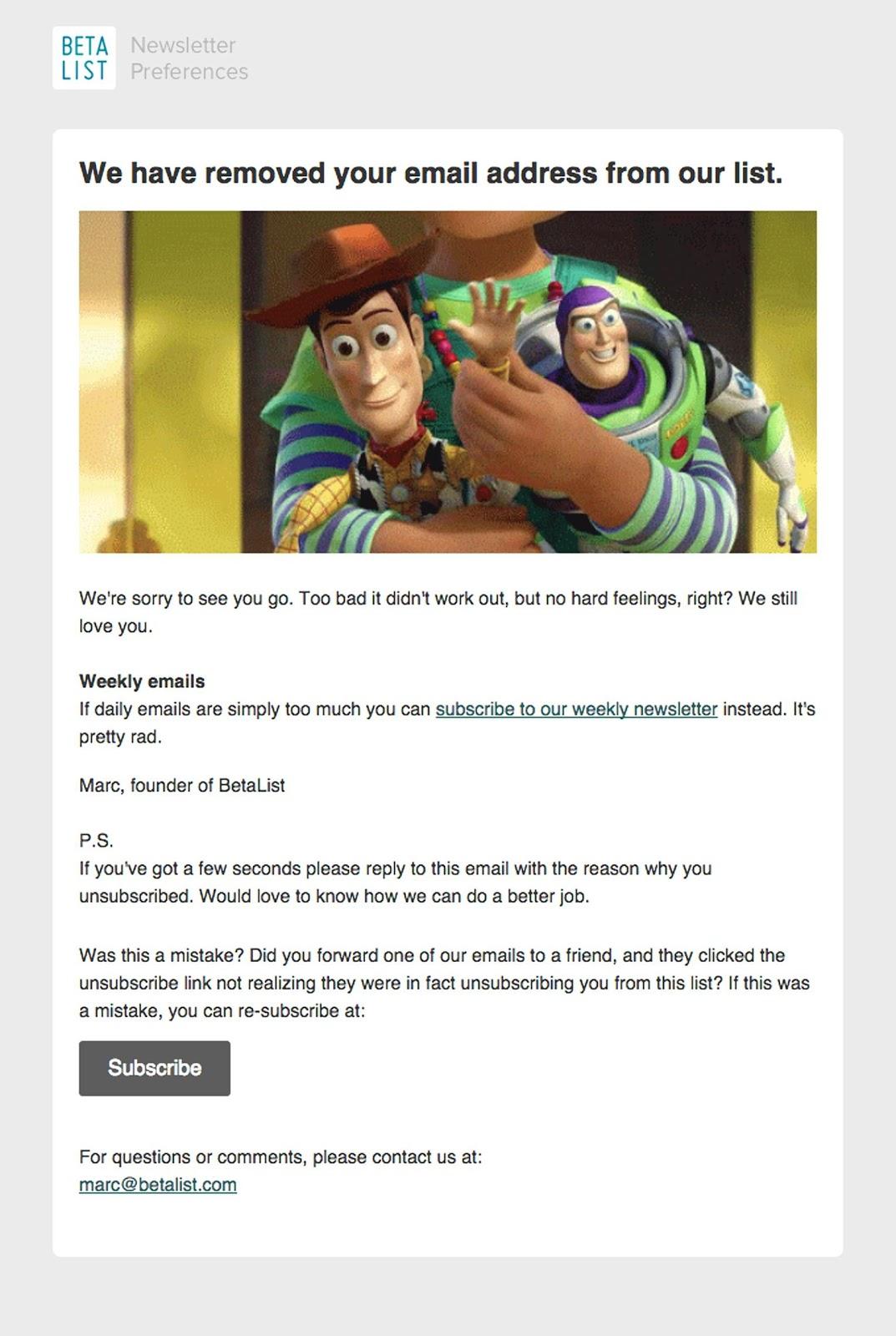
4. DON’T purchase an email list
This is an unbreakable rule. When you purchase an email list rather than searching out and earning each lead, you make your email marketing job more difficult. Purchased email addresses are not relevant to your brand. You won’t be able to effectively target and nurture these leads.
Organic lists grow organically, and you’ll almost certainly have audience data available before to or after membership. Why waste time with pre-made lists? In the same amount of time, you could operate a credible sweepstakes or referral program.
5. DON’T skip the double opt-in
This method, also known as the confirmed opt-in, ensures that new subscribers want to be on your list before your email marketing platform considers them as campaign receivers.
The second opt-in is typically an email asking for confirmation that your new subscriber wants your emails delivered to their mailbox. Following confirmation, it is normal practice to send a welcome sequence of emails to solidify the subscriber’s decision.
6. DON’T use a do-not-reply email
Messages sent from a do-not-reply address do not directly infringe the General Data Protection Regulation (GDPR) of the European Union or the CAN-SPAM Act of the United States. They may, however, prevent you from operating in full compliance.
For example, the GDPR requires email marketers to respond to subscribers’ requests for information about the data they gather. You may miss requests if you send campaigns using a do-not-reply address and do not specify a separate reply-to email address.
Setting up email marketing campaigns
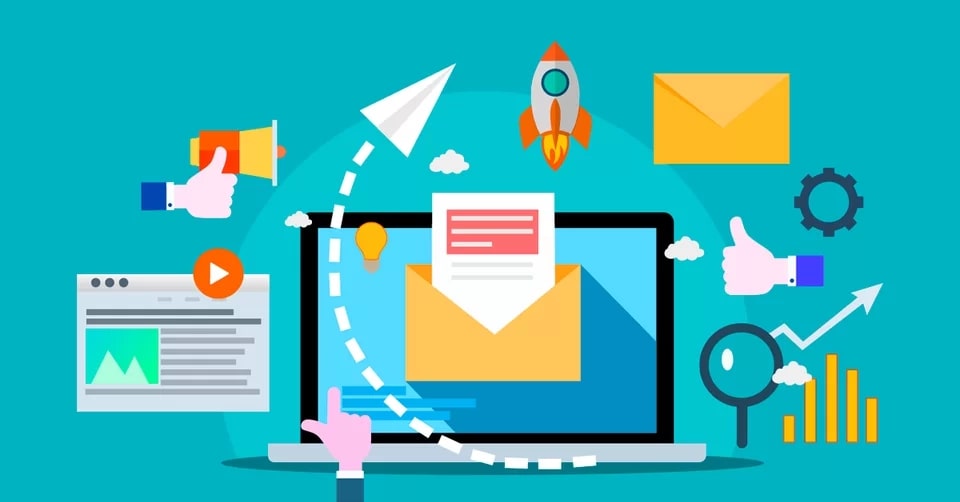
After you’ve compiled an email list, it’s time to start planning your marketing. The email dos and don’ts listed below haven’t changed in years, but in case you don’t know them, we’ll go over them one by one.
1. DO set triggers for automated marketing emails
Email automation should be used to assist customer journeys. Prioritize marketing efforts that perform well across the board in terms of automation. The welcome email is the best example of a triggered message. Emails of this type can generate open rates that are 50% higher than the average.
Email automation can improve key performance indicators (KPIs) while freeing up time and energy for other email marketing chores that demand more creativity and productivity.
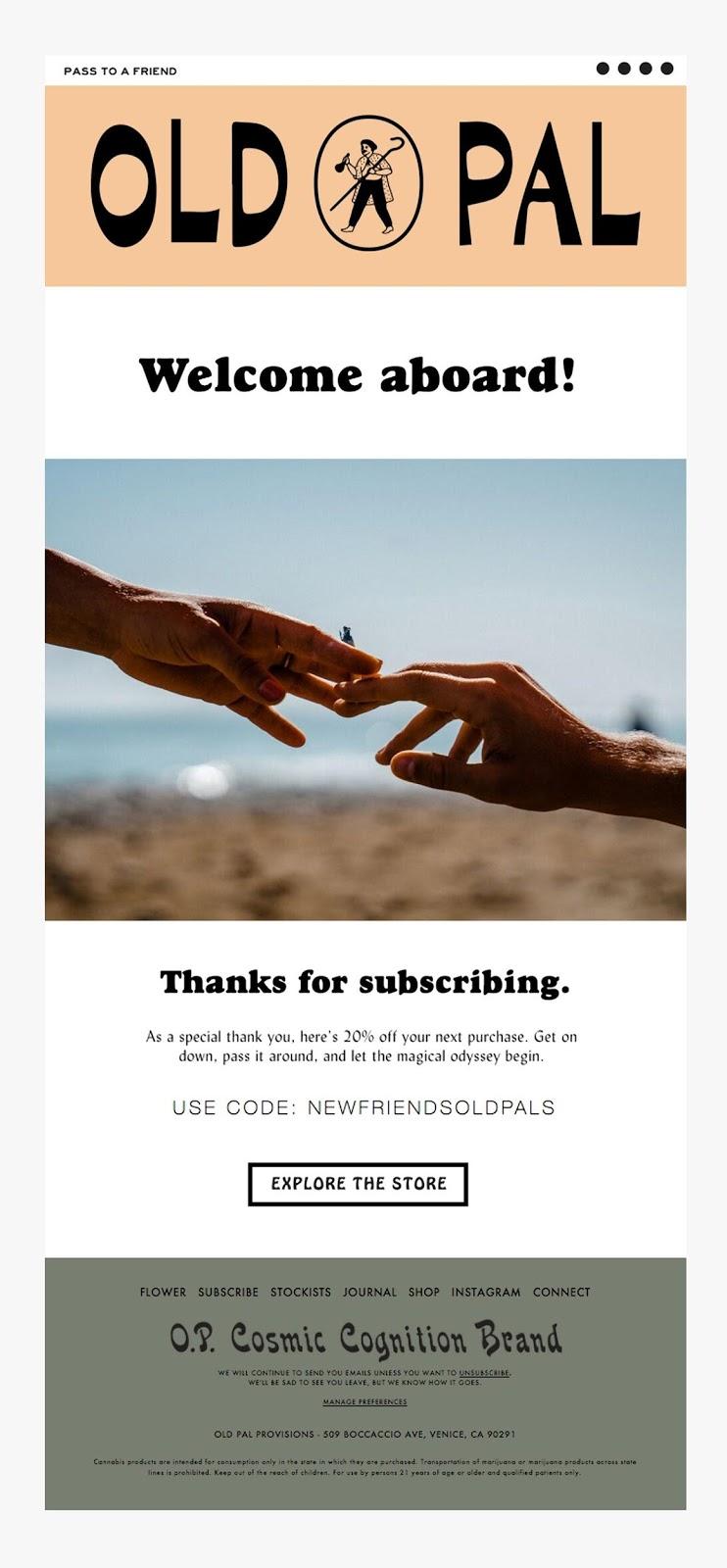
2. DO use segmentation
The first stage in customizing is segmentation, which we’ll go over in more detail later. Consider segmenting your email list according to common demographics such as age, gender, or geography. These are the details that should be baked into a preference center for subscribers to fill out.
Your marketing plan may evolve alongside your brand as it evolves. Further segmentation can be implemented depending on website behavior, purchase history, and other factors.
3. DON’T send your email to all subscribers
This is common sense. Your subscribers are not all the same. So, how could sending all of your emails to all of your subscribers at the same time ever be a good idea?
Each of your audience segments will have a peak moment when engagement is most likely. Instead, stick to those. If you’re unsure, try A/B testing to evaluate how your emails perform at different times of day.
4. DON’T ignore email marketing reporting or analytics
One of the primary benefits of using an email marketing platform is access to statistics. Email analytics and insights reporting highlight where and how you as a marketer can improve. With real-time statistics, you may even make changes to your procedure in the middle of a campaign. Be mindful of your marketing objectives and keep an eye on your key performance indicators (KPIs).
Email content do’s and don’ts
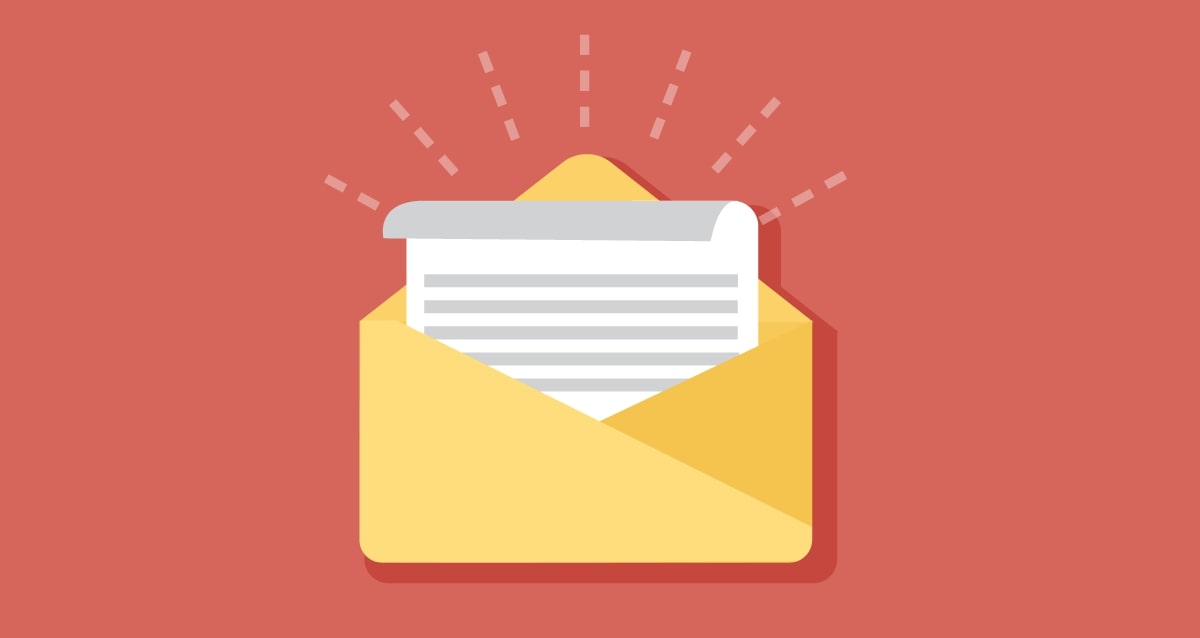
Once you’ve compiled an email list and campaign outline, the only thing left to do is create content. These email dos and don’ts are far from unique. In our sector, best practices for marketing emails are an evergreen topic. Let’s go through some important email writing tips and discuss them.
1. DO write attention-grabbing email titles and preheader text
A well-chosen subject line piques the reader’s interest and entices them to read the whole email. Good email headlines can significantly improve your open rates and, as a result, perhaps boost other metrics.
Preheader text, often known as a “Johnson Box,” is what appears following the email title in the usual inbox view. There isn’t much room for preheaders—on average, only 100 characters. Combining it with a strong email title is an excellent strategy to improve both. It’s like a literary knockout.
2. DO use personalization and dynamic content
Did you know that personalized email titles can boost email open rates by more than 25%? As far as email dos and don’ts go, this one has been in use since the birth of email marketing. Personalization through dynamic content in general can increase ROI by more than 120 percent. Email click-to-open rates increase by more than 70% as well.

3. DO include a strong call-to-action (CTA)
Every email must have a call to action (CTA). How else would you assess the effectiveness of your email campaigns? Keep the desired subscriber action in mind at all times. Instead of a regular hyperlink, you can utilize a button for added impact. This method can boost an email’s click-through rate by more than 25%.
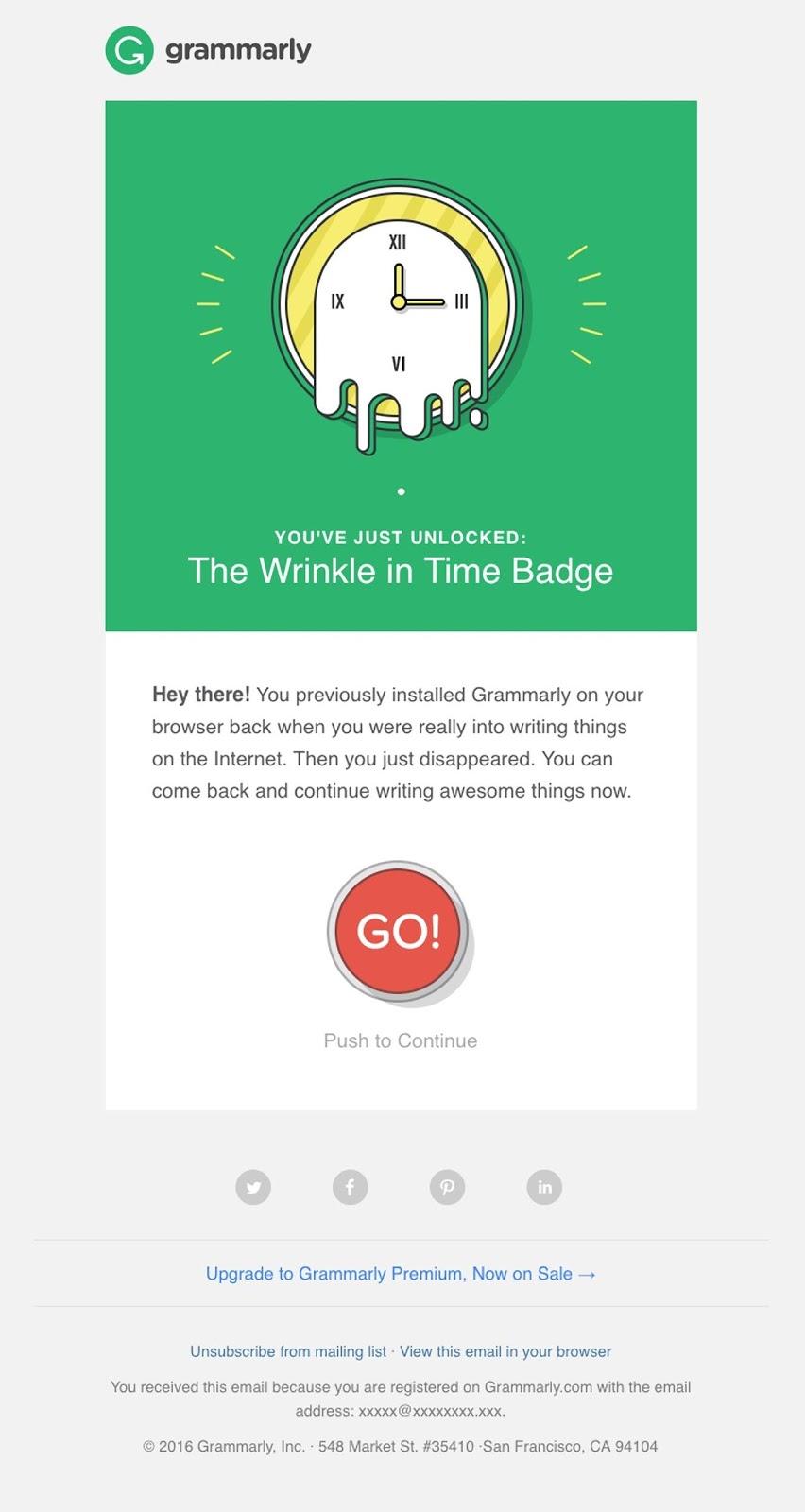
4. DO format for mobile
When you style email messages for mobile, you ensure that they will appear appropriately for a larger number of individuals. More than half of all email openings begin on a smart device such as a phone or tablet. Most individuals will discard an email if it looks strange or does not load completely within a few seconds.
5. DON’T write wordy or or visually cluttered email
Don’t obsess on written material. Approximately 80% of email users do not read the whole email content. Most people skim email content and pay attention to just what they find interesting.
Make a point of not sprinkling in graphic components at random. The design should be as functional as it is beautiful, emphasizing what is vital and finally directing your attention to the CTA.

6. DON’T use technical jargon or spam filter-triggering words
Buzzwords and industry-specific jargon can be off-putting. If you must use them, split your list and include them in material for readers who will grasp what you’re saying.
Spam filter trigger words and phrases, on the other hand, are frequently found in everyday conversation. Take extra precautions to avoid using them. Read your text aloud to see whether it comes out as overly generic or gimmicky.
7. DON’T rely solely on static content
Email videos can boost revenue growth rates by nearly 50%. Quizzes, timelines, and other interactive content can result in twice the number of conversions. Not a fan of videos and other complex multimedia? GIFs in emails are small in size but can create a powerful impression.
8. DON’T send your email without double-checking for errors
Always double-check your work. The more you add to an email, the more probable there will be a mistake somewhere: a broken link, a typo, or worse. You don’t want to lose subscribers after creating a great marketing campaign due to an avoidable error. Check once more.
Final words
That’s it! I hope this list of do’s and don’ts in email marketing will help you improve your next campaign and bring about better results. Please feel free to leave comments below for further discussion on this topic!
New Posts






